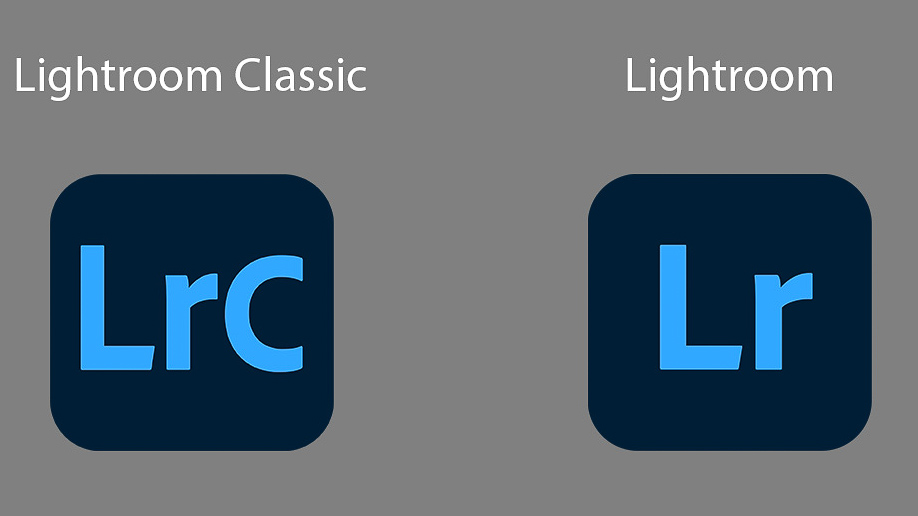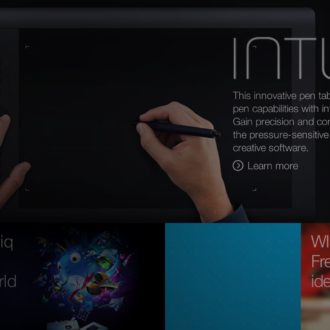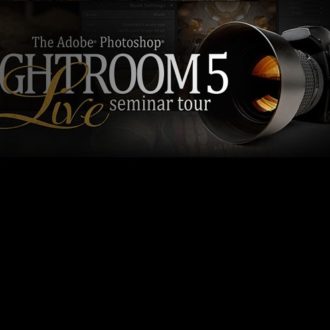Deciding Between Lightroom Classic and Lightroom
Back in October of 2017 the program once called Adobe Photoshop Lightroom CC 2015 was rebranded as Lightroom Classic. At the same time Adobe reworked what was previously just a mobile app called Lightroom Mobile into its own “ecosystem” that was designed to function separately from Lightroom Classic (though the original connection between the apps remained), and they named it Lightroom (though for a short time it too was called Lightroom CC).
In the years since this change both applications have continued to gain new camera/lens support, interface tweaks, and new features. It does not appear that either one is going away, and that leaves us with choices. It is nice to have choices, but it can also be frustrating and confusing. I often get asked about which version people should choose, or I see people confused about the version they have, and they want to understand the differences. Here are my thoughts.

Note, in an effort to be clear about which program I am referring to I will refer to Lightroom Classic as LrC and Lightroom as Lr (as shown on their icons) from here on out.
Key Choice to Make First
There are a lot of things I love about both versions of Lightroom, but we all have different needs, gear, experience, time, etc., to factor into which application will best suit our needs in the short term and into the future. This is where it gets tricky, and there is not a one-size-fits-all answer. To me, I think it is most helpful to understand the key differences between the applications as you consider what is most important to you and your workflow.
The most important benefit to using Lr, indeed the entire core of its reason to exist, is that it stores every photo (and video) you import into it in the Adobe cloud so that you have full access to the original photos from any device you pick up. If you are the type of person with a phone, a tablet, a laptop, and a desktop computer, and you are frequently moving between those devices, and you love the idea of being able to access your entire photo library from all of them, then this is a pretty compelling feature.
Once you go all in on the cloud, then you are able to leverage the advanced machine learning technology Adobe is employing to help you find/access photos based on their contents (not manual keywording) as well as its facial recognition abilities for finding photos of specific people in your life.
Adobe has taken a lot of the lessons learned from people using Adobe Camera Raw (ACR) and LrC for over a decade and applied that knowledge to making the new Lr easier to use. It has a much simpler interface, a reduced feature set (no additional modules for slideshows, books, and printing), and all the same editing power* as LrC and ACR.
*Technically, there are still some editing features that have not made it into Lr yet, like Range Mask and tighter integration with Photoshop, but I suspect that it is just a matter of time before we see those small differences get resolved.
But the biggest make or break decision you have to come to terms with is do you want your entire photo library in the Adobe cloud or not. If you have any hesitation at all, then perhaps LrC is a better choice for you. If that is not a problem, and indeed a benefit, then maybe Lr was designed with you in mind.
What About Subscription Cost?
There are two key Creative Cloud subscription plans that someone making this decision would want to consider. There is the Photography Plan, which has been around for 5 or 6 years now, which includes LrC, Photoshop, and Lr, but only comes with 20GB of cloud storage. This plan is $9.99/month (here in the US), and as far as I know, it requires an annual commitment, so let’s just call it $120/year. The other plan is called the Lightroom plan, and that too is $9.99/month (also annual commitment, so $120/year), and it simply includes Lr on all of your devices and 1TB of cloud storage.
So, if you have less than 1TB of storage needs and don’t need/want Photoshop, then the subscription cost is the same. You can examine the plans more closely here (and there are additional features of both plans).

However, if you want Photoshop or if you have over 1TB in storage needs, then the costs may start to shift in favor of the Photography plan, or if you want it all, then you might consider what I think of as the hybrid plan, which is the Photography plan with 1TB of cloud storage, which is $19.99/month. This gives you all the apps of the Photography plan and the same amount of cloud storage of the Lightroom plan. You can also purchase additional cloud storage with either plan.
I’ve written about how to use LrC and Lr together with just the 20GB of cloud storage, but having 1TB of cloud storage opens up additional workflows and gives you greater flexibility, though with obviously greater cost and honestly, greater complications to navigate.
What About Features?
One the face of it LrC undoubtedly has more features than Lr, so if you are just tallying them up, LrC wins. However, I can’t tell you the last time I used the Web module, so how much value is a feature you never use? This is where the calculus gets very in the weeds and very personalized. You may have feature needs that I do not, and vice versa.
What matters most is arguably the editing and organizational tools in each program, and then I would put in ease of use, efficiency of workflow, and output/export options. I’m sure there are other considerations, but the longer the list the more personalized it is to our own needs, and I guess that is my point. It’s personal.
All that said, LrC still wins for me in this regard. LrC simply has more features in every way you can measure, is more friendly to a high efficiency workflow, and has more output options. This isn’t in any way meant to be a dismissal of the value or features in Lr, it is just a simple accounting of what is there right now.
However, if what matters most to you is the ability to access/find, view, edit, and share any photo from your entire library from any device you own, then all the features in LrC don’t matter so much because Lr makes it so much simpler to do just that.
Closing Thoughts
What I’ve written here is basically the conversation I’ve had these past 3 years with people from all skill levels and experience with photography who are trying to navigate this decision. Because nothing in this equation is static, this is an evolving discussion, and I truly see great value in both options.
I would be happy to continue the conversation further with anyone in the comments, especially if you want to dive deeper into some of the nuances of the features. I’ve also written about the different paths one could take to migrate from LrC to Lr or from Lr to LrC, as well as how to use both together, so make the best choice you can for today, and reach out for help as you move forward.


